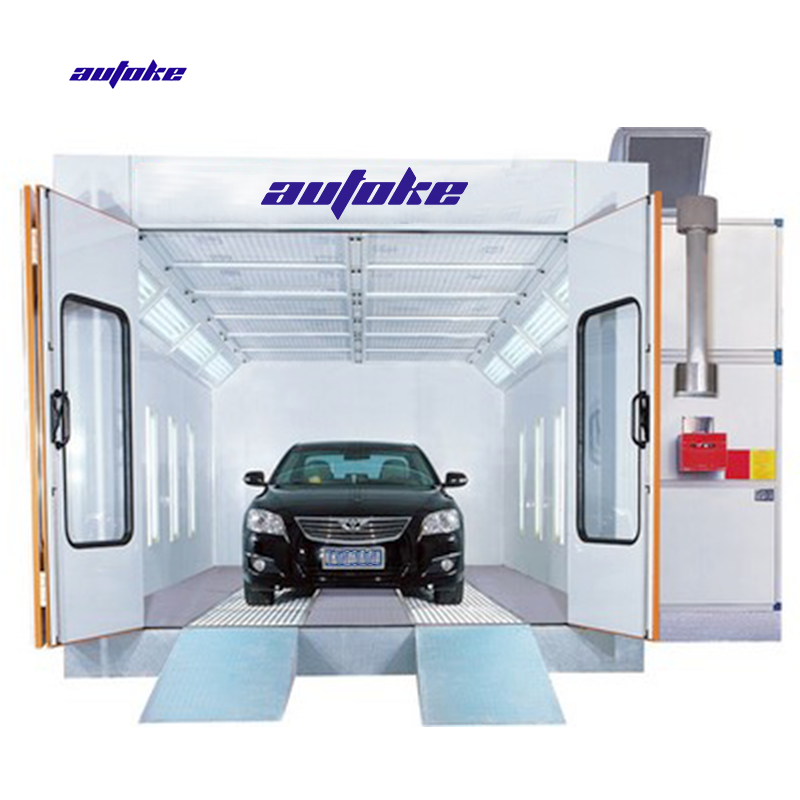When it comes to construction and masonry, ensuring the durability and longevity of structures is paramount. One of the most common challenges faced by builders and homeowners alike is water infiltration. Traditional mortar, while strong, is not inherently waterproof. To address this issue, many professionals seek ways to enhance the waterproofing properties of mortar. In this article, we will explore various additives that can be mixed with mortar to create a waterproof solution, ensuring that your projects stand the test of time.
Understanding Mortar and Its Limitations
Mortar is a mixture of sand, water, and cement, primarily used for binding bricks, stones, and other masonry units. While it provides structural integrity, standard mortar is porous, allowing water to seep through, which can lead to damage over time. This is particularly concerning in areas with high moisture exposure, such as basements, bathrooms, and exterior walls. To combat this, it is essential to incorporate waterproofing agents into the mortar mix.
Key Additives for Waterproof Mortar
- Hydrophobic Additives:
Hydrophobic agents are designed to repel water, preventing it from penetrating the mortar. Common hydrophobic additives include silicone-based compounds and stearates. These additives create a barrier within the mortar matrix, reducing water absorption significantly. When selecting a hydrophobic additive, ensure it is compatible with the type of cement used in your mortar mix. - Polymer Modifiers:
Polymer modifiers, such as polyvinyl acetate (PVA) or styrene-butadiene rubber (SBR), can be mixed with mortar to enhance its flexibility and adhesion. These polymers create a waterproof film within the mortar, improving its resistance to water infiltration. Additionally, they can help reduce cracking, making the mortar more resilient in freeze-thaw cycles. - Cementitious Waterproofing Agents:
These are specialized products designed to be mixed directly with cement-based materials. They often contain materials like bentonite clay or crystalline waterproofing compounds. When mixed with mortar, they form a waterproof barrier that can effectively seal the pores within the mortar, preventing water passage. This option is particularly effective for below-grade applications, such as foundations and retaining walls. - Hydraulic Cement:
Hydraulic cement is a type of cement that sets and hardens when mixed with water. It is inherently water-resistant and can be used in conjunction with traditional mortar to enhance its waterproofing capabilities. When using hydraulic cement, it is essential to follow the manufacturer's instructions regarding mixing ratios to achieve optimal results. - Water-Repellent Sealers:
While not mixed directly into the mortar, applying a water-repellent sealer after the mortar has cured can significantly enhance its waterproofing properties. These sealers penetrate the surface of the mortar and create a protective barrier against water infiltration. Look for sealers that are breathable, allowing moisture to escape while preventing water from entering.
Practical Application and Considerations
When mixing waterproof mortar, it is crucial to follow specific guidelines to ensure the effectiveness of the additives. Here are some practical tips:
- Mix Ratios: Always adhere to the recommended mix ratios provided by the manufacturers of the additives. Over-concentration can lead to adverse effects, such as reduced workability or compromised strength.
- Curing Time: Allow adequate curing time for the mortar before exposing it to water. Proper curing is essential for achieving the desired waterproofing properties.
- Testing: If possible, conduct a water permeability test on a small sample of the mixed mortar to evaluate its effectiveness before applying it to larger projects.
- Compatibility: Ensure that all components of the mortar mix, including additives, are compatible with each other to avoid chemical reactions that could weaken the final product.
Conclusion
Incorporating waterproofing additives into mortar is a practical solution for enhancing the durability and longevity of masonry structures. By understanding the various options available, such as hydrophobic agents, polymer modifiers, and hydraulic cement, builders can create a robust and waterproof mortar mix tailored to their specific needs. Whether you are working on a new construction project or repairing existing structures, these strategies will help you achieve a resilient and water-resistant finish. Remember, investing in quality materials and proper application techniques will pay off in the long run, safeguarding your investment against the damaging effects of water infiltration.

